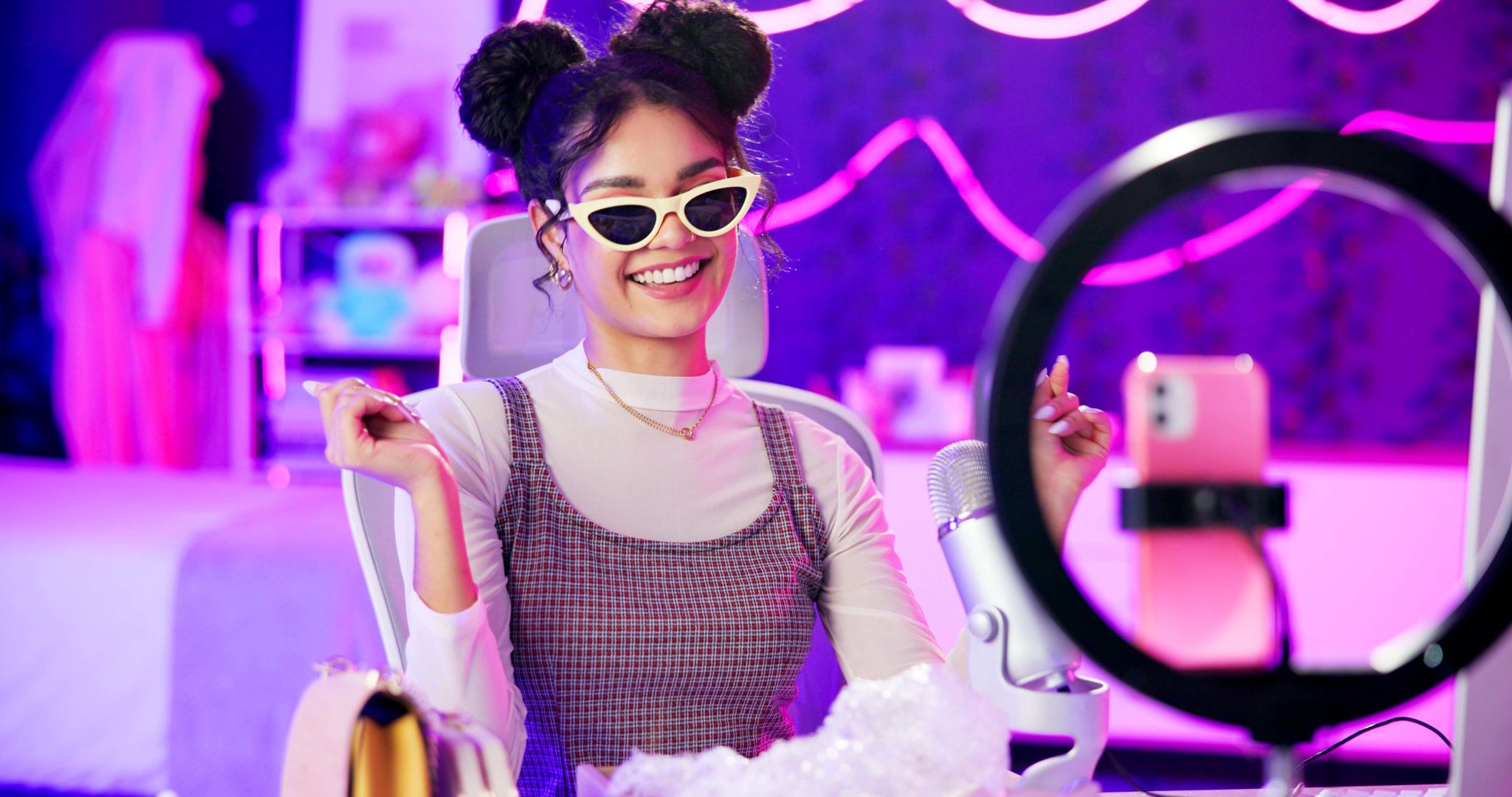Exploring Dystopian VR Environments: The Making of Facility 13
Introduction to Facility 13
In the ever-evolving realm of virtual reality, developers are pushing the boundaries of immersive experiences. Among the latest innovations is Facility 13, a dystopian VR environment that challenges players to navigate a world where reality is distorted and survival is uncertain. This gripping virtual experience is a testament to the creativity and technical prowess of its creators, who have meticulously crafted every detail to transport users into a future that feels both hauntingly unfamiliar and eerily possible.

The Conceptualization of a Dystopian World
The journey to creating Facility 13 began with a simple yet profound question: What would a dystopian world look like through the lens of virtual reality? The developers drew inspiration from classic dystopian literature and films, envisioning a setting where technology has advanced beyond control, and societal norms have crumbled. This conceptual foundation allowed them to build an environment that is not only visually stunning but also rich in narrative depth.
Designing Immersive Environments
Designing the environments within Facility 13 was a complex process that required both artistic vision and technical expertise. The team utilized cutting-edge graphics technology to create landscapes that are as breathtaking as they are unsettling. From towering skyscrapers shrouded in fog to underground bunkers filled with remnants of the past, every location is designed to evoke a sense of awe and unease.

Interactive Storytelling in Virtual Reality
One of the most compelling aspects of Facility 13 is its interactive storytelling. Unlike traditional video games or films, VR allows players to engage with the narrative on a personal level, making choices that affect the outcome of their journey. The developers crafted a branching storyline with multiple endings, ensuring that each player's experience is unique and tailored to their decisions.
The Role of Sound Design
Sound plays a crucial role in enhancing the immersive quality of Facility 13. The developers collaborated with sound designers to create an auditory landscape that complements the visual elements. From the subtle hum of machinery to the distant echoes of a desolate city, the soundscape adds layers of tension and atmosphere, drawing players deeper into the dystopian world.

Challenges in Developing VR Experiences
Creating a VR experience as intricate as Facility 13 posed numerous challenges. The developers had to address issues such as motion sickness, hardware limitations, and user interface design. Extensive testing and iteration were necessary to ensure that players could fully engage with the environment without discomfort or technical hindrance.
The Impact on Players
Facility 13 has been lauded for its ability to provoke thought and introspection among players. By immersing users in a world that mirrors potential futures, it encourages them to reflect on current societal trends and their implications. The game serves as both entertainment and a cautionary tale, reminding players of the power and responsibility that come with technological advancement.
Conclusion: The Future of Dystopian VR
As virtual reality continues to evolve, so too will the potential for creating ever more immersive dystopian worlds. Facility 13 stands as a pioneering example of what can be achieved when technology and storytelling converge. It paves the way for future VR experiences that challenge perceptions, inspire creativity, and explore the complexities of human existence in an uncertain world.